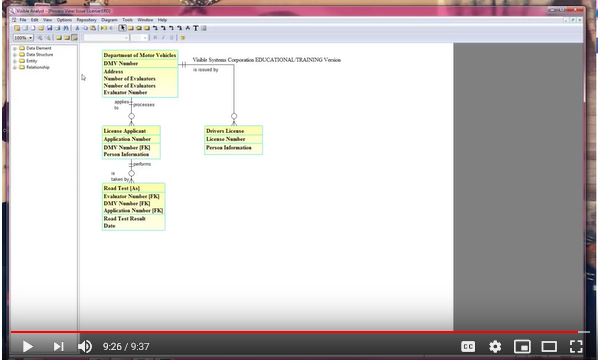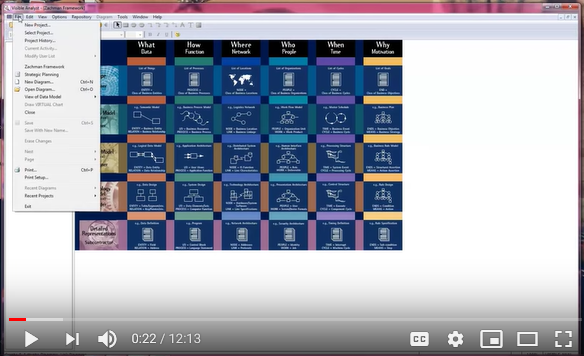Updated on April 20, 2021
How many of us like making decisions? How often do we rely on data to make these decisions? Do we trust the data? Can we even find the data? Is it timely?
Our organization and the environment in which it exist is a fast changing one. As product managers, we need to access and immediately process data to make timely product decisions. Whether that be about our product lines, distribution or customer preferences for product changes.
This means joining the well prescribed typically found inside of your organization with discoverable data outside of your organization. Imagine the insights you get by combining these two types of data - not only will you be able to see next month’s product sales but you will see which consumer preferences will impact next month’s product's sales. Notice below, we list a few attributes of a system that we feel are important to you as a product manager. We'd like to see what additional system attributes you feel strongly about.
- Query fast and often -using a guided search, quickly know "what to ask first" and "what to ask next" by running interactive, analytic queries.
- Drill down – using iterative search capabilities, drill down to the point in your analysis where you can easily make decisions.
- Follow a guided search – using the rules derived from your business, you are provided a guided search process which is based on the business rules derived from your metadata.
- Derive insights – joining data across multiple data sources enables you to discover data beyond the only well prescribed data typically found inside of your organization.
- Visualize and share – easily produce and share visualizations of your insights; making timely business decisions.


